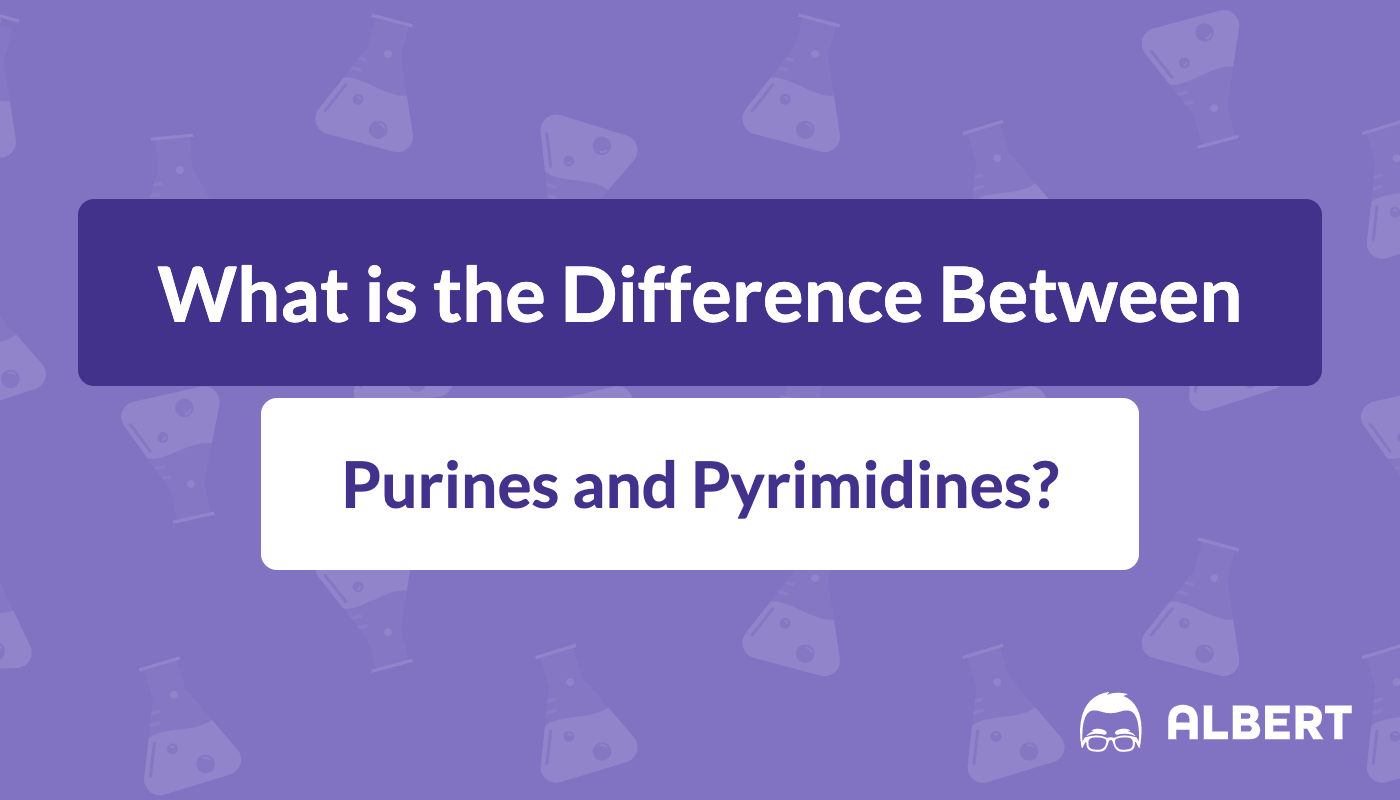35 Frequently Tested AP® Psychology Terms & Concepts
When taking the AP® Psychology test, you need to make sure you know what’s going to be on it. One of the biggest things on your test will be AP® Psychology terms and concepts. These concepts are going to test what you know about behavior and how you are able to interpret different scenarios which occur in someone’s life.










